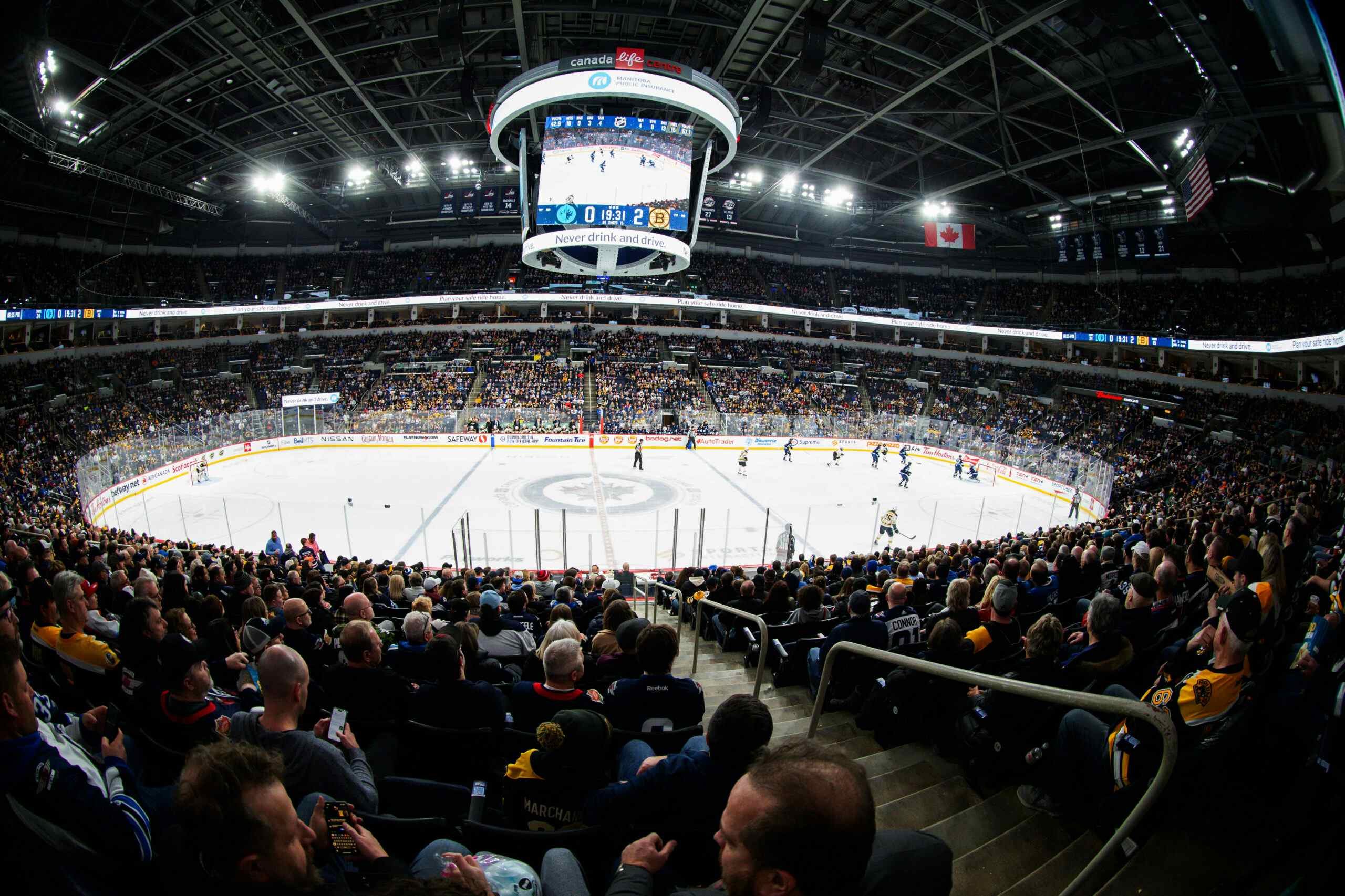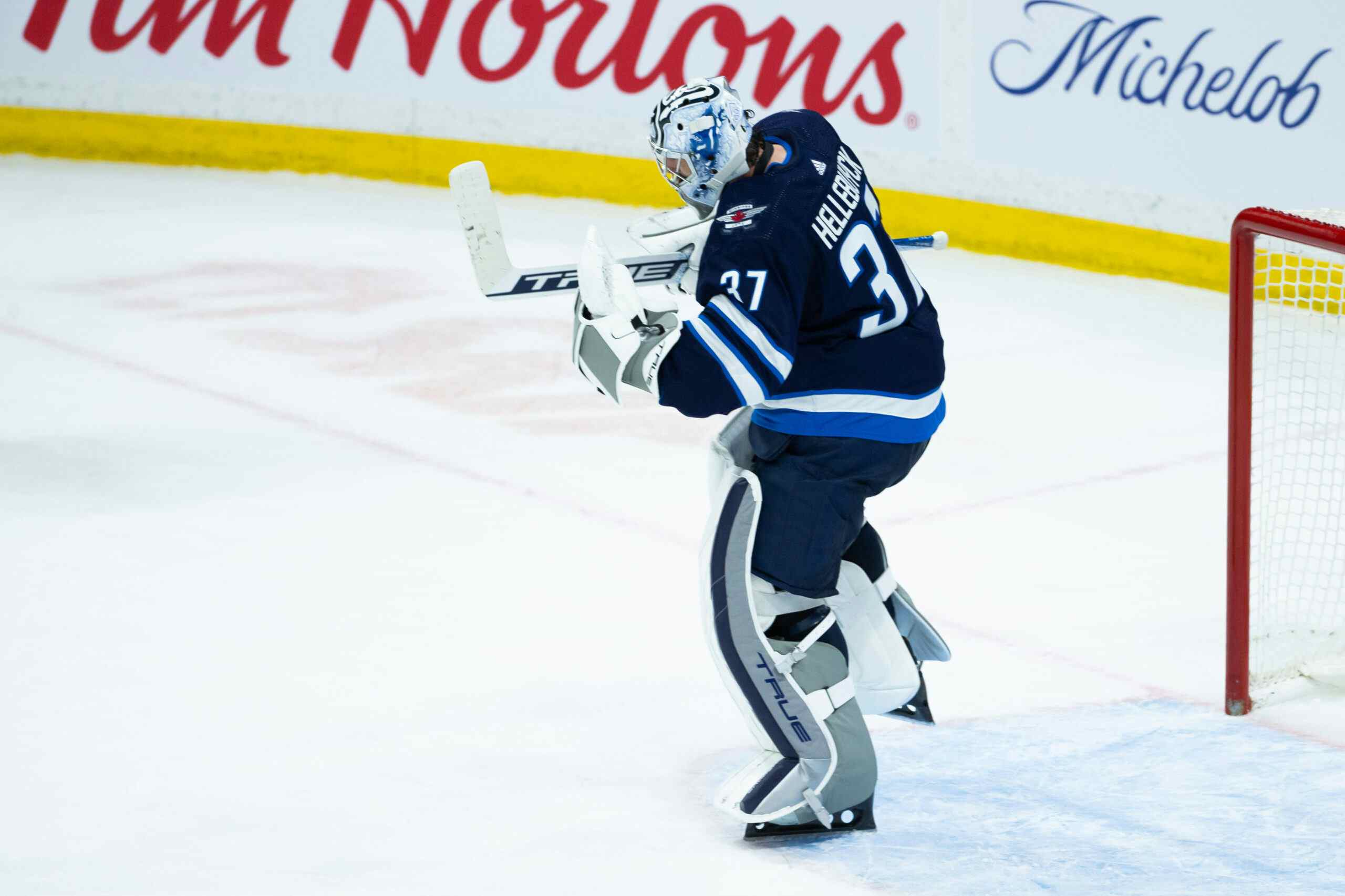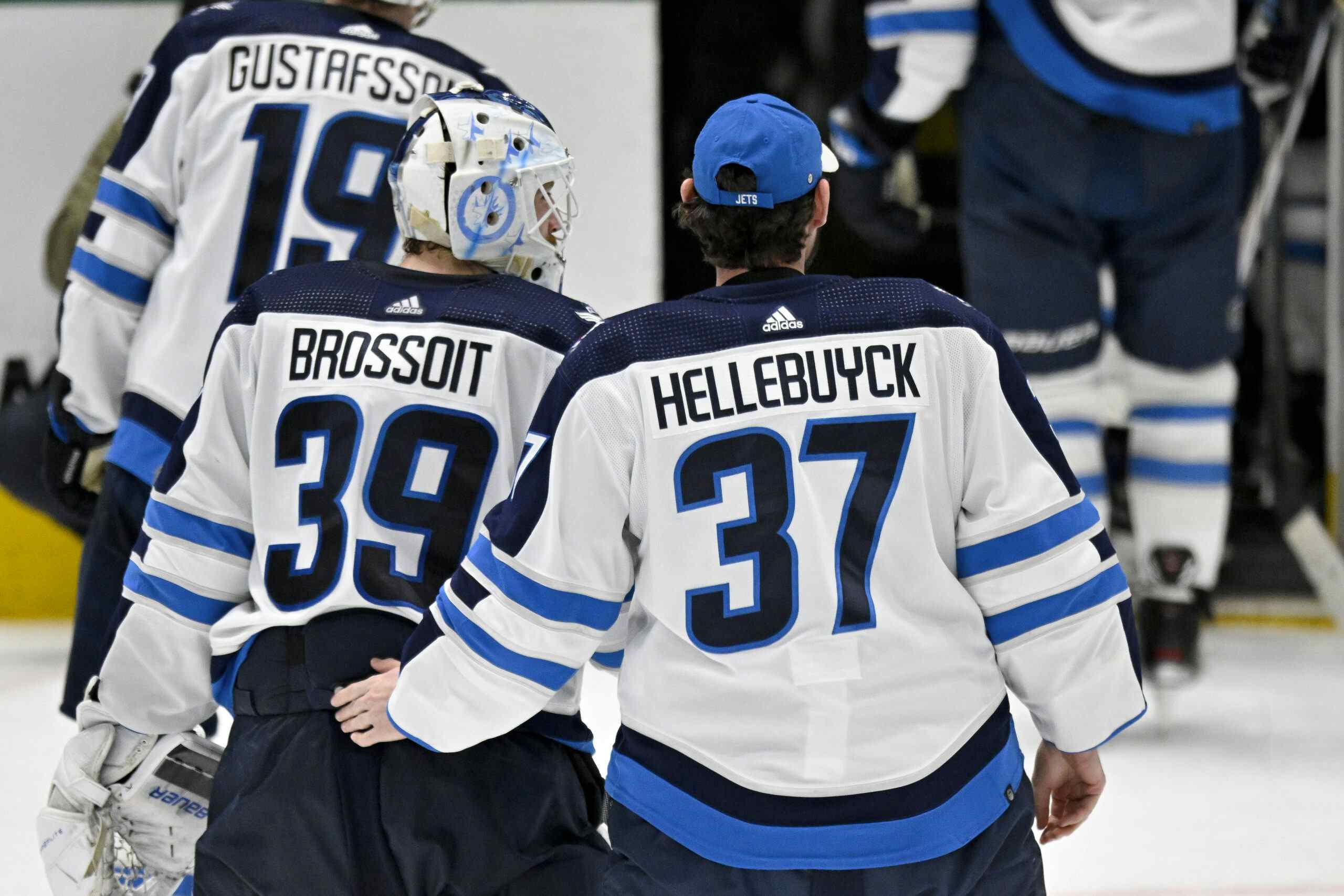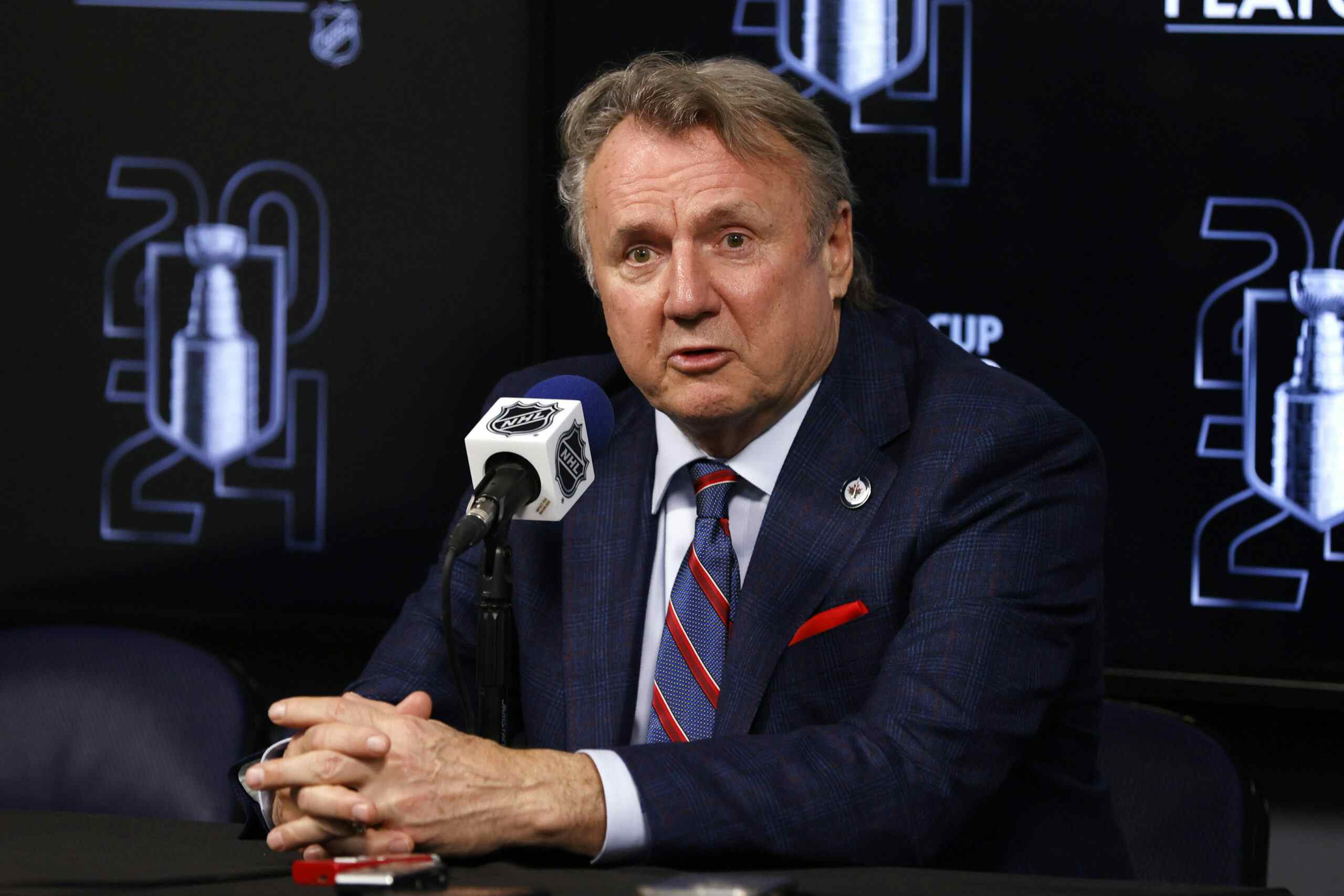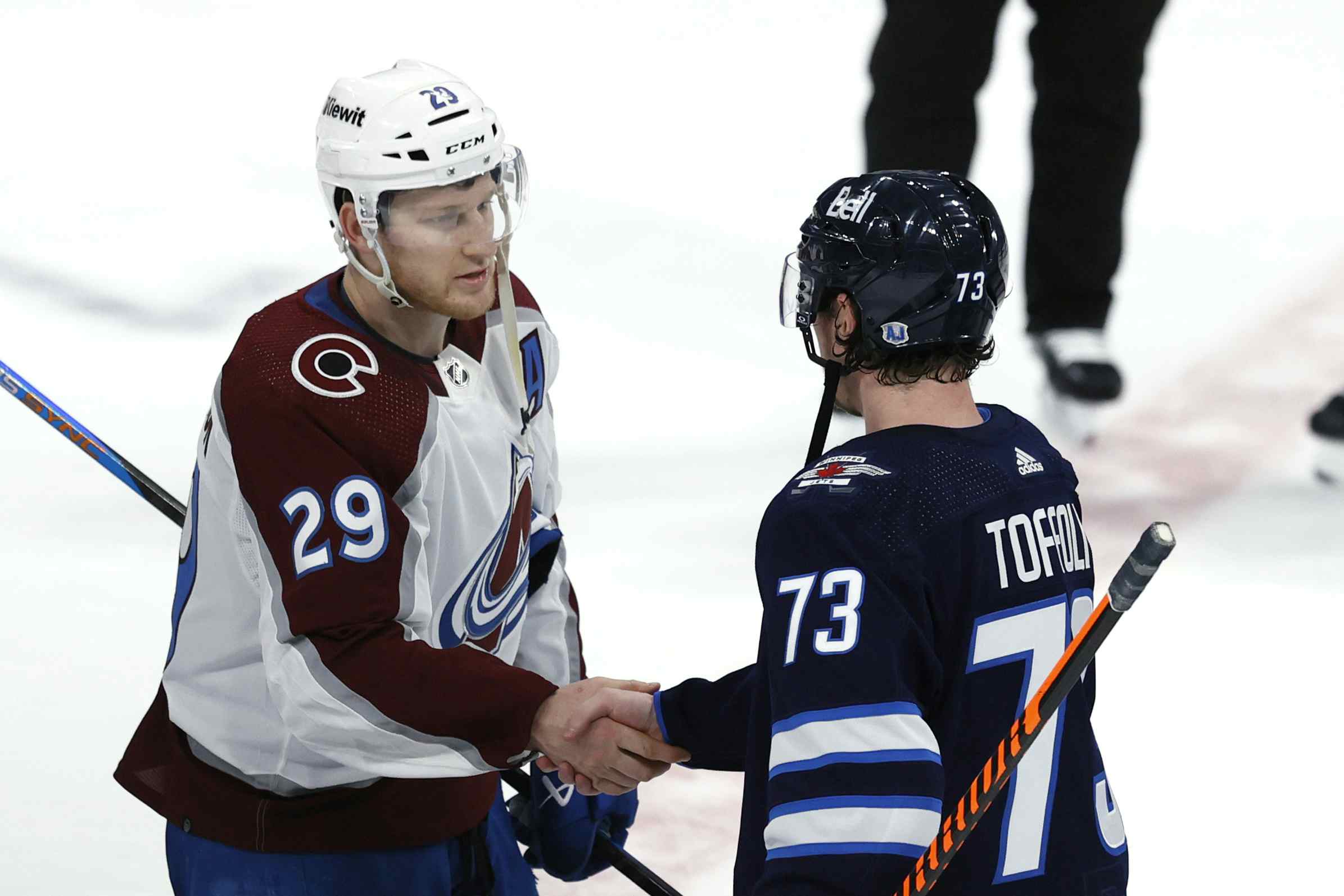What’s the cost of Dustin Byfuglien at forward versus defense
By Garret Hohl
9 years agoThere’s no use arguing which Dustin Byfuglien is better. That battle is long over and gone. The All-Star defensemen version over the last two seasons surpasses the forward version in all measures: points per game, points per sixty, Corsi… even goal differentials. The team performs better with Byfuglien on ice as a defender than on ice as a forward. The coach knows it, and the numbers know it.
Reality isn’t as simple as that though. Where Byfuglien performs better is not necessarily best for the team. This is dependent on opportunity costs; the difference between Byfuglien at a certain position and the next best alternative.
We will run a little experiment in trying to estimate the true impact of moving Byfuglien between forward and defense, given the Jets current depth.
In reality this is impossible to do with our current measures. Hockey hasn’t developed any type of WAR (wins above replacement) type statistic accurate enough to go through this with a high level of confidence. There are too many variables at hand.
There is a difference in chemistry with options that cannot be confidently measured without huge sample size. Also, any stat like Corsi cannot be separated from the inherent context that surrounds it. A 51% Corsi player on the third line has a different impact than a 51% Corsi player on the fourth line.
However, we can make some estimates using information I have previously scraped before at Hockey-Graphs and the players’ Corsi percentages in particular situations:

First Step – Frolik back into the top six
The first swap would be moving Michael Frolik back to the second line over Dustin Byfuglien. The difference in impact then is the combination of two impacts: improving the second line by replacing a 48.9 percent Corsi player with a 52.8 percent Corsi player and hurting the third line by doing the opposite replacement.
Now the two switches are not equal. Second liners and third liners do not face equivalent minutes in quality or quantity. Using the Hockey-Graphs data, the average impact would be an improvement in goal differentials by about +0.39 per 82 games.
Second Step – Halischuk up into the third line
You may notice that T.J. Galiardi, Chris Thorburn, and Matt Halischuk’s numbers are not their current Corsi percentages for this season. All three players have performed better on the third line, as expected with the improved quality of talent surrounding them. This effect can be represented by their numbers away from Jim Slater this season. However, when they were away from Slater, they were playing with Adam Lowry and either Evander Kane or Michael Frolik, which is more talent than just Adam Lowry and two of them.
For this reason I used the player’s Corsi percentage away from Slater for this and last season. The end result gives a Corsi percentage better than with Slater (as expected), but also worse than their numbers results with Kane/Frolik and Lowry (as expected). We didn’t have to do this with Frolik’s step, as he’s spent most of the season in the top six.
The next step is to move a fourth liner into the third line. Now, we are going to assume (even if not realistic) that Maurice has already used Galiardi to replace the spot vacated by Evander Kane. This leaves Halischuk and Thorburn. Again, we are going to assume the best possible alternative is used with Halischuk.
We’re going to speed things up by skipping a step and moving Patrice Cormier into the fourth line with Slater and Thorburn instead of Byfuglien there. We will assume a replacement level fourth line player with a Corsi percentage of 44.4%, although historically Cormier has been better.
In short, we are hurting the third by having Halischuk move into the third line instead of Byfuglien, and hurting the fourth line by adding Cormier instead of Halischuk (who is 45% with Slater on the 4th line). The impact sums up to a differential of an estimated -1.05 per 82 games. This negative value is why someone like Paul Maurice may want Buff as a forward despite knowing Byfuglien is a better defender.
Third Step – Byfuglien on top defense pair and optimize the defenders
Byfuglien is sitting in the ether now, so we have to move him back to defense. Then we will place one of Jacob Trouba and Zach Bogosian on the second pair, and the other on the third.
Again, we are going to assume that the superior choice is taken with Jacob Trouba. There is a lot of evidence, even with adjusting for usage, that Trouba has surpassed Bogosian. While Bogosian sometimes takes tougher minutes, it equals out with Trouba having the tougher partner in Mark “possession anchor” Stuart over underrated Tobias Enstrom.
So, the Jets improve their top pair with Byfuglien over Trouba, and then second pair with Trouba over Bogosian, and the Jets improve by not needing a severely sheltered third pair with Bogosian on it. The impact of these movements is estimated at +1.88 goals per 82 games.
Interestingly -due to average 5v5 time differences between first, second, and third pairs- the impact difference between Byfuglien and Trouba on the first pair is larger than the additional two moves, despite Byfuglien’s and Trouba’s Corsi percentages being closer than Trouba’s to Bogosian’s.
Summary

Despite Dustin Byfuglien being a better option on the third line than Matt Halischuk or Chris Thorburn, the overall impact is worse given Byfuglien’s elite ability as a blue liner and the differences in quality and quantity of minutes.
This exercise is a bit boring for all except the most extreme numberphiles. There is still lessons for anyone that can be learned from this.
* Where a player performs best is not necessarily where they are best suited for the team
* The impact of a player is not their individual impact, but difference in their impact and the next best option
* It is possible for Byfuglien to be a better option as a forward, depending on the make up of the team
There are a lot of holes and weaknesses with this exercise. A lot of assumptions were made and all other variables were held constant. We also ignored that Byfuglien’s greatest impact as a defender was beating tough minutes, thus easing the workload for others and improving their results.
Overall, the results could be very different in reality both in the positive and negative direction. I do feel confident though that this is a pretty good average, relatively speaking.
Recent articles from Garret Hohl

